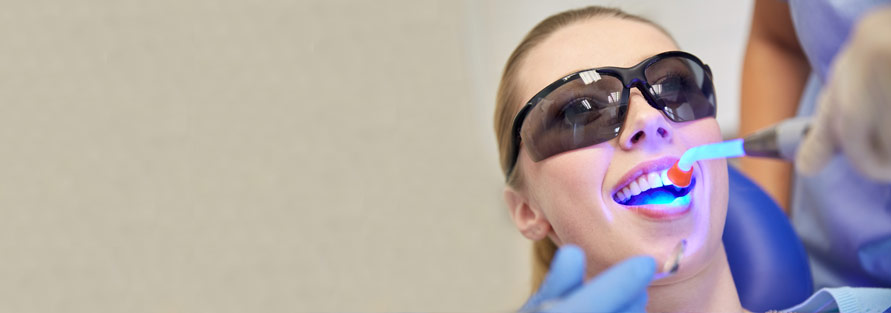
When it comes to etching for restorations, the two terms you probably hear most often are self-etch or total-etch, and each one can give you great results.
Yet both can have their drawbacks.
Total-etch does a great job of opening dentinal tubules and allowing excellent bond strength between the tooth and composite. But at the same time because it excels at demineralizing enamel and dentin, it’s fairly easy to over-etch a tooth and have a patient left with post-operative sensitivity.
On the other hand, self-etch adhesives do not demineralize the tooth as much, which means that there should be essentially no sensitivity after the procedure. But they don’t provide as strong of a bond with the composite resin.
So, if you do ever have issues with your etching technique, perhaps selective etching is right for you.
Instead of choosing a self-etch or total-etch technique, use both to get their benefits while avoiding their disadvantages.
Use a total-etch adhesive on your patient’s enamel as it can hold up to greater demineralization without causing sensitivity. You just need to make sure to use an adhesive that is viscous enough to stay where you place it and not run onto the dentinal surface. Then, after you have completed the total etch, you apply a self-etch adhesive to both the dentinal and enamel surface (make sure to properly scrub the dentin).
This way you maximize enamel bond strength while eliminating the risk of post-operative sensitivity. It’s an excellent hybrid of two already good techniques that will leave both you and your patients very satisfied with the restoration.
Source:
http://leeannbrady.com/dental-materials/selective-etching-technique
http://www.dentaleconomics.com/articles/print/volume-103/issue-2/practice/which-technique-is-best-total-etch-self-etch-or-selective-etch.html

